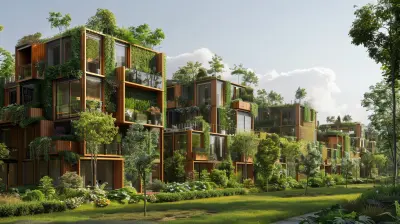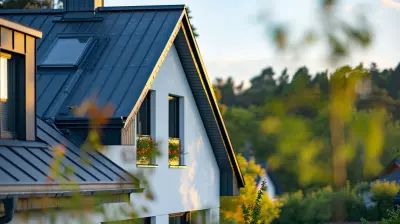Concrete Innovations: Modern Alternatives for Stronger Foundations
23 May 2025
Concrete. Oh, the lifeline of modern construction. It's been around since the Romans figured out they could combine some crushed rocks, sand, and lime and call it a day. And let’s face it, concrete is as reliable as your morning coffee – it’s sturdy, dependable, and, frankly, taken for granted. But what if I told you the concrete game has been upped? That’s right. Concrete isn’t just concrete anymore; it’s getting a glow-up. Modern innovators have been flexing their creative muscles, whipping up alternatives that’ll make your old slab of gray look downright prehistoric. So, let’s dive into the wild world of concrete innovations and uncover the modern alternatives that are making foundations stronger, more sustainable, and dare I say, cool.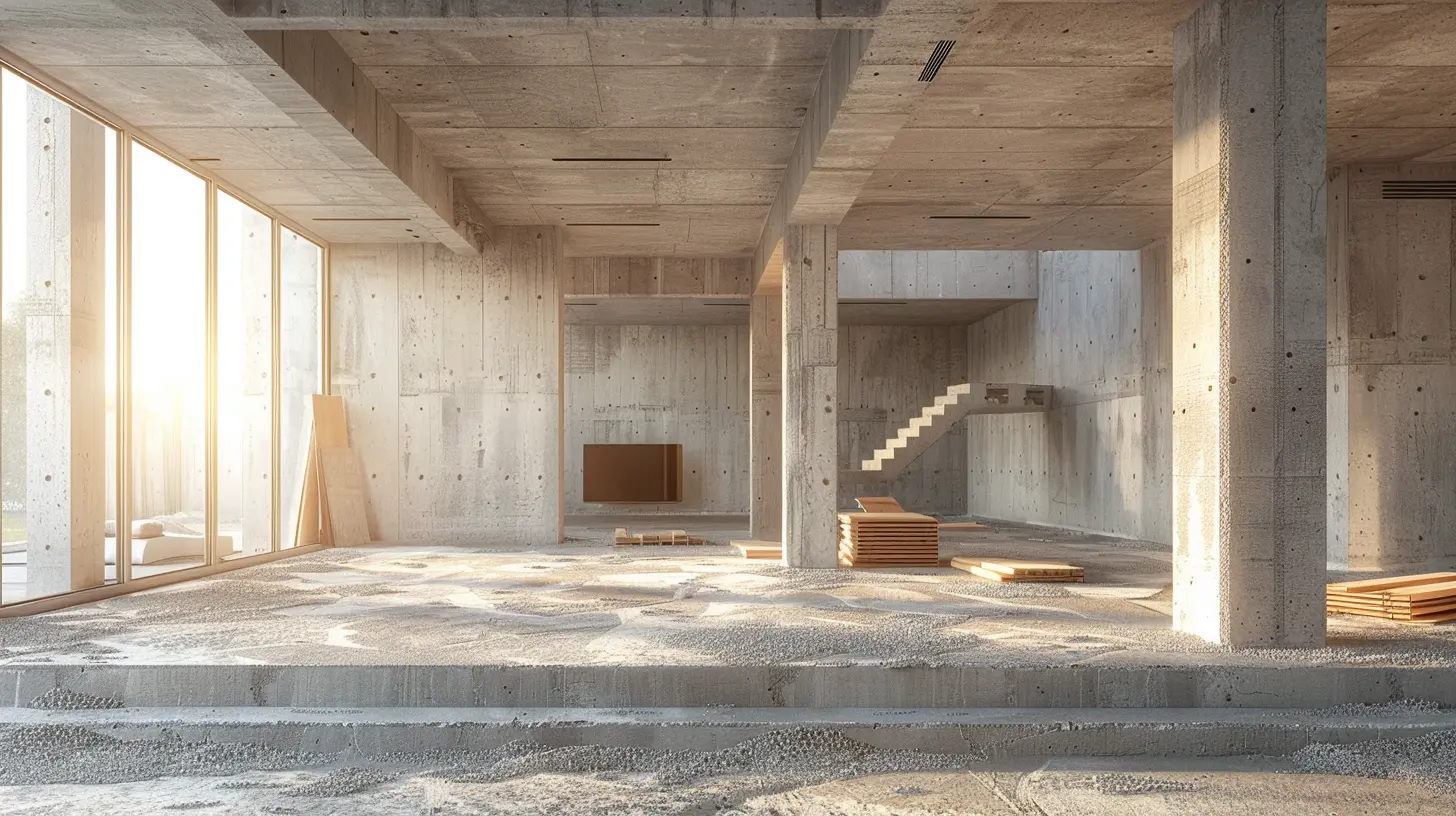
Why Stick With Boring Old Concrete?
First things first, why mess with a classic? Concrete’s been around forever, right? It’s like the avocado toast of construction materials – always trendy, always present. But here’s the kicker: regular ol’ concrete isn’t exactly perfect. Sure, it’s solid, but it’s also riddled with issues like cracking, environmental impact, and, let’s be honest, a bit of a dull personality.Traditional concrete is responsible for about 8% of global CO2 emissions. Yup, it’s a climate baddie in disguise. Plus, it’s not the most durable in certain conditions (freeze-thaw cycles, I’m looking at you) and guzzles down natural resources like it’s at an all-you-can-eat buffet. So, while it’s been the backbone of construction for ages, the industry’s started asking: “Can we do better?” Spoiler alert: We can.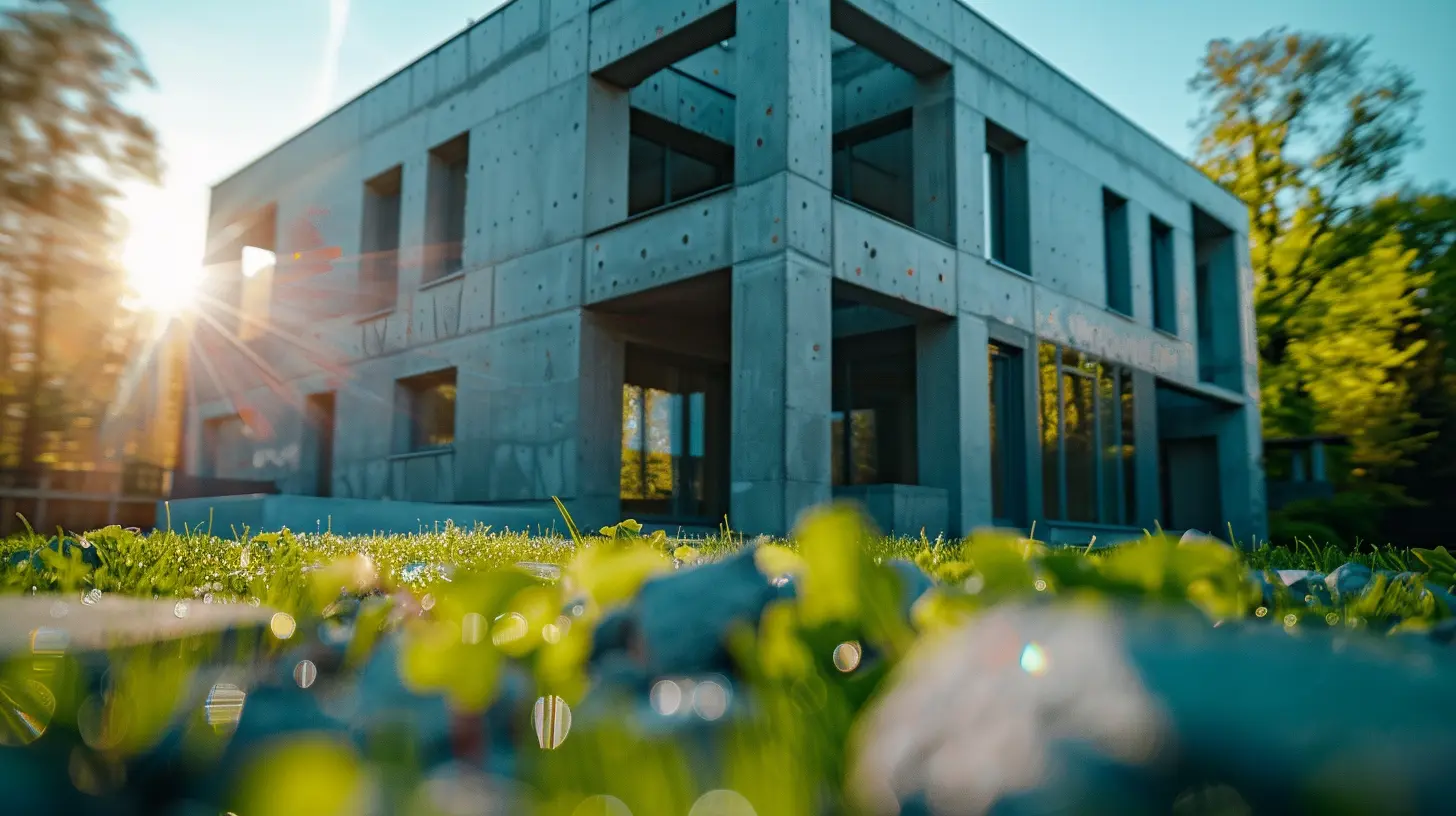
Modern Concrete Innovations: The New Kids on the Block
Now let’s roll out the red carpet for the concrete alternatives that are shaking things up faster than your favorite TikTok trend. These materials are smarter, stronger, and more sustainable – and, quite honestly, they’re putting the old-school stuff to shame.1. Self-Healing Concrete: Because Who Has Time for Cracks?
Cracks in concrete are like that one annoying friend who always shows up uninvited. Nobody wants them, but they keep appearing anyway. Enter self-healing concrete, and no, this isn’t sci-fi – it’s real. This magical material contains bacteria. Yes, you read that right.Here’s how it works: When cracks form, these bacteria activate, producing limestone to fill in the gaps. It’s like nature’s way of saying, “I got this!” Imagine never having to call a repairman because your driveway decided to fix itself. Now that’s innovation. Plus, it’s a game-changer for reducing maintenance costs and prolonging the life of structures. Genius, right?
2. Geopolymer Concrete: All the Strength, None of the Guilt
Remember how I mentioned concrete’s carbon footprint earlier? Well, geopolymer concrete swoops in like a superhero to save the day. It ditches traditional cement altogether and swaps it out for industrial byproducts like fly ash or slag. The result? A material that’s just as strong but way less damaging to the environment.Think of it as the oat milk of the concrete world—better for the planet and still does the job. Plus, its resistance to heat and chemicals makes it perfect for those hardcore industrial applications when you need a material that says, “Bring it on.”
3. Translucent Concrete: Wait, Concrete Can Be Pretty?!
Nobody ever accused concrete of being visually stunning – until now. Translucent concrete is breaking all the rules, and honestly, we’re here for it. By embedding optical fibers or plastic rods into the mix, this material allows light to pass through.The result? A concrete that’s functional and Instagram-worthy. Picture a sleek modern building with walls that softly glow at sunset. Yeah, that’s translucent concrete for you. Architects love it because it adds a touch of elegance, and let’s be real, it’s basically the Beyoncé of construction materials.
4. 3D-Printed Concrete: The Future Called, It’s Already Here
You’ve heard of 3D printers spewing out action figures and toys, but entire buildings? Heck yes. 3D-printed concrete is revolutionizing construction by allowing for faster, cheaper, and more accurate builds.Builders simply program the design, hit ‘print,’ and let the machine do its thing. It’s like assembling an IKEA shelf but without the frustrating instructions. Plus, it drastically cuts down on waste – no more ordering an extra few tons of concrete just in case. Oh, and did I mention it’s kind of mesmerizing to watch?
5. CarbonCure Concrete: Sucking Up CO2 Like a Pro
CarbonCure technology is like concrete with a conscience. It’s infused with captured CO2 during production – a process that actually strengthens the material. Yes, this concrete is literally eating emissions for breakfast.The best part? It doesn’t compromise on performance. Builders get the same durable, reliable material they’re used to while giving the planet a much-needed breather. It’s like having your cake and eating it too – if your cake was made of eco-friendly concrete… Okay, bad analogy. You get the point.
6. Recycled Aggregate Concrete: Turning Trash Into Treasure
Why let demolition waste end up in a landfill when it can be repurposed as material for new concrete? Recycled aggregate concrete is all about taking the rubble from old projects and giving it a second life. Think of it as upcycling for construction.Not only does this cut down on waste, but it also reduces the need for virgin materials. It’s a win-win. And don’t worry – using recycled materials doesn’t mean you’re compromising on strength. This stuff is just as tough as its newly-minted counterpart, proving once again that sustainability doesn’t have to mean sacrifice. 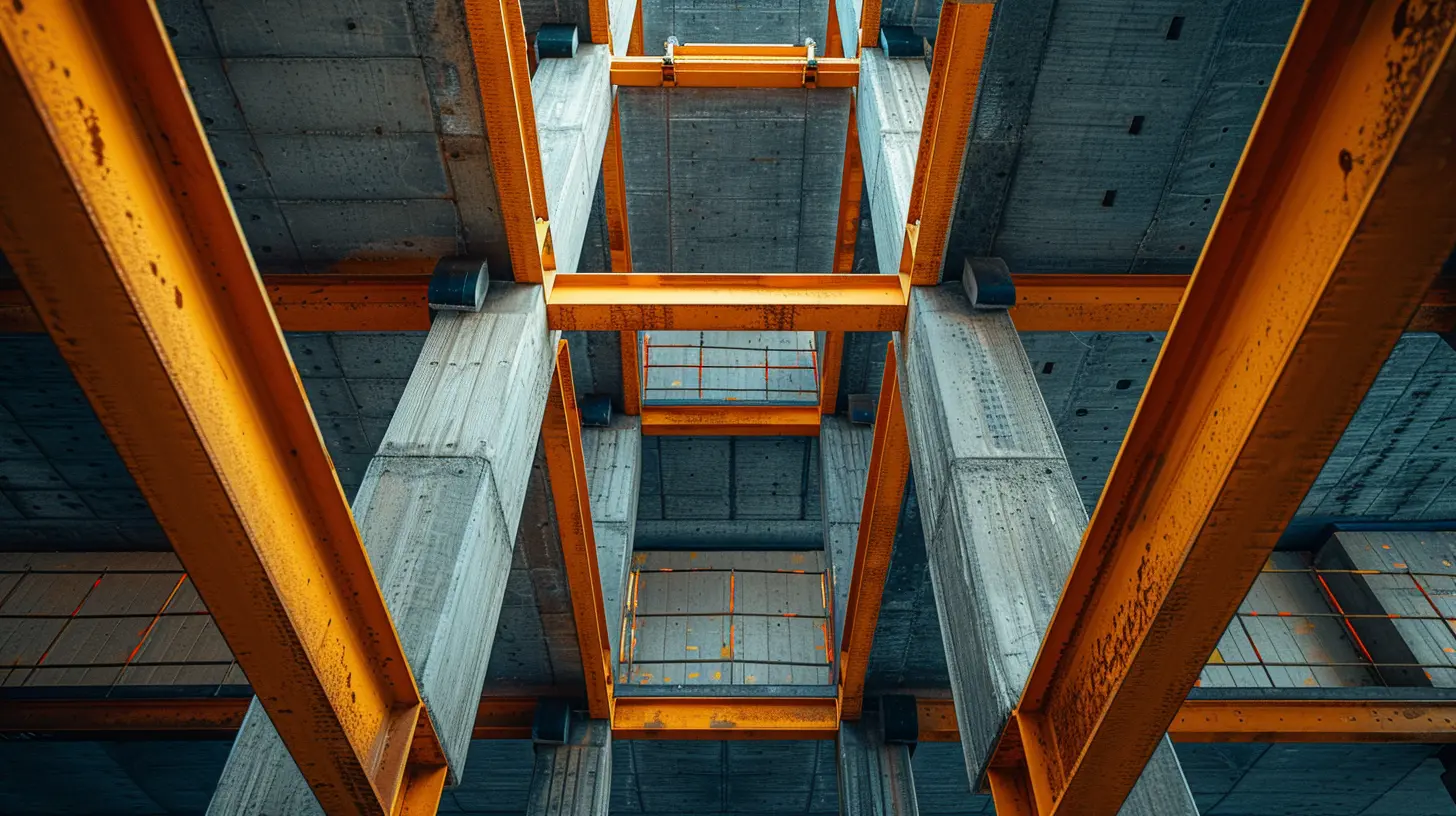
Why These Innovations Matter (And Why You Should Care)
Okay, so you might not be a contractor or an architect, but these concrete innovations matter more than you’d think. They’re not just about making cooler buildings or cutting costs (although those are nice perks); they’re about building smarter, greener, and more responsibly.Housing shortages? These new materials can slash construction times and make it easier to build affordable housing. Climate change? Materials like CarbonCure and geopolymer concrete are literally reducing emissions and conserving resources. And aesthetics? Well, let’s just say translucent concrete is making my driveway dreams a little fancier. 
What Does This Mean for Real Estate?
Here’s the deal: if you’re in the real estate game, these innovations should be on your radar. Stronger, more sustainable materials mean better buildings that last longer and cost less to maintain. That’s a win for developers, homeowners, and, yep, the planet.Plus, properties that incorporate these alternatives have a serious edge in the market. Buyers love hearing about eco-friendly features and innovative technologies. Talk about curb appeal!
So, Is Concrete Cool Now?
Look, I get it – no one’s out here fangirling over concrete (except maybe a few engineers). But the truth is, these modern alternatives are making foundations exciting again. Whether it’s self-healing concrete, translucent walls, or CO2-slurping slabs, the construction industry is proving that even the dullest materials can get a glow-up.So the next time you walk on a concrete sidewalk or live in a home with a concrete foundation, just know there’s a whole world of innovation bubbling beneath the surface. And honestly, it’s about time we gave concrete the credit it deserves.
all images in this post were generated using AI tools
Category:
Building MaterialsAuthor:

Travis Lozano
Discussion
rate this article
3 comments
Lola McAleer
Innovative concrete alternatives not only enhance structural integrity but also promote sustainability in construction. Embracing these advancements will lead to smarter building practices, ensuring stronger foundations for our communities while minimizing environmental impact. Progress is essential!
May 30, 2025 at 4:06 AM

Travis Lozano
Thank you for your insightful comment! I completely agree that innovative concrete alternatives are key to promoting sustainability and enhancing structural integrity in modern construction.
Will Anderson
Exciting advancements in concrete technology promise stronger, sustainable foundations that pave the way for future homes!
May 26, 2025 at 4:59 AM

Travis Lozano
Thank you! Indeed, these innovations are reshaping the construction landscape for a more sustainable future.
Nixie Davis
Concrete innovations are revolutionizing foundation technology, offering enhanced durability and sustainability. By embracing these modern alternatives, developers can ensure stronger structures that stand the test of time, ultimately transforming the landscape of real estate construction. Let’s build the future!
May 24, 2025 at 4:34 AM

Travis Lozano
Thank you for your insightful comment! Indeed, embracing concrete innovations is key to creating resilient and sustainable foundations that will shape the future of construction.
